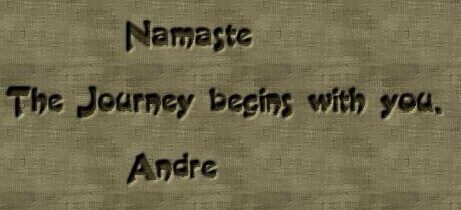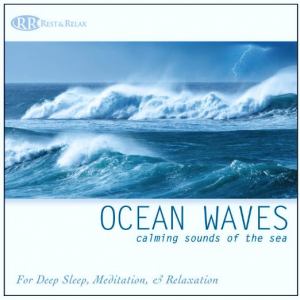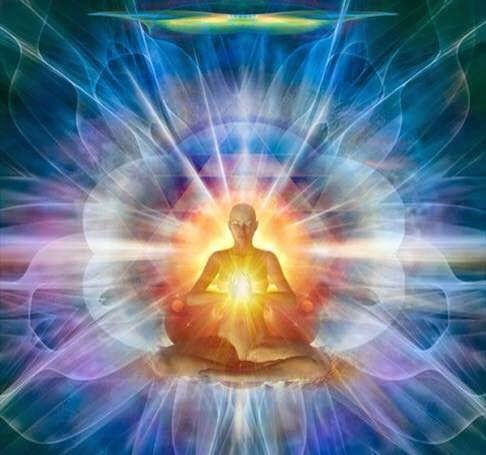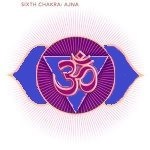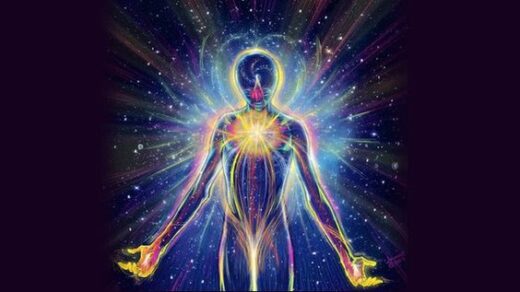Some meditation techniques for beginners are simple, effective, and relaxing. It can be quite enjoyable to learn different ways to attain peace of mind.
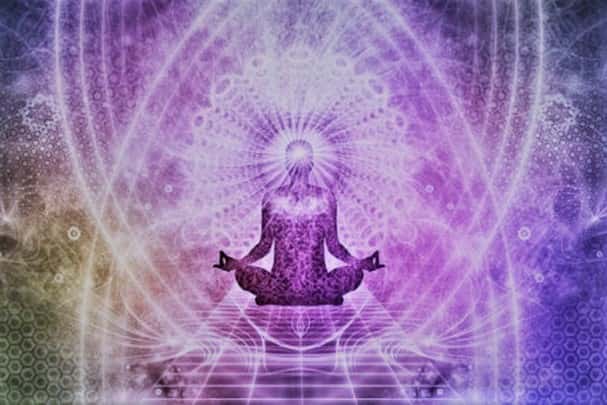
In the previous article “All about meditation” on meditation’s real purpose at a deeper level, we have already learned about the topic.
New to meditation?
Learning the basics would be more beneficial than getting involved with various detailed forms of meditation.
Once you become familiar with how to prepare yourself, you will then become more comfortable with yourself when going into meditation.
Through regular practice, you can later expand and focus on more profound thoughts and actions that will be beneficial not just for your body and mind but for your soul and spirit.

Prepare your thoughts.
Before you start your meditation, you will need to prepare ahead.
Ask yourself before going into meditation.
What is your purpose? What is your Goal?
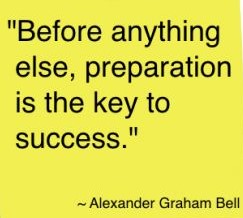
Do you wish to learn just how to relax?
Perhaps you want to learn how to calm the many thoughts running through your mind.
There is no need to make a long list; just a couple of ideas like the ones suggested above are enough for now.
To achieve something, regardless of the issue, requires some thought and preparation before you start.
There can be many different reasons or techniques for going into meditation.
There will also be more articles discussing this later as there are too many to detail in one piece.
This article will focus on preparation and how to relax before you go into a meditative state.
Once you are accustomed to learning how to relax before meditation through regular practice, this will become an automatic process that should only take a few minutes to go into any meditation.
Get your Free Guided Meditation Here

Before starting meditation
Share some love with your surroundings, light incense sticks, and candles, and even have some relaxing music.
I love the ocean waves sound, which helps produce the negative ions conducive to relaxation and calmness of mind.
One of my many favorites.
Let’s Start
For now, let us work on the preparations, the basics, and how to relax for meditation.
1. Preparation and Change of Clothing.
If you are meditating after you have come from work, the last thing you want to do during a meditation is to be in your work clothes with all that negativity built up during the day.
There are two parts in the preparation stage.
The first of the two parts are:
Have a shower. The reasons are:
- After a long day, you just came home, and attached to your physical body would be various elements such as sweat, dirt/dust, and the many other forms around your body.
- Throughout the day, as you are in contact with many forms of energy such as emotions, anger, frustration ETC, these have become attached to you around your auric field surrounding your body.
- It can come from your fellow workers regardless of whether you had any issues with them or not as any negative energy, as mentioned above, can become attached to you many times without you even knowing.
By having a shower, not only can it refresh you after a long hard day at work, but if you imagine while cleansing your body that any energy attached to you that is not for your highest good is being washed away along with the water down the drain.
You will be amazed at how much better you will feel just with the shower itself in thinking this way.
Main reasons for this:
- Change into something you are comfortable wearing, and if you can choose a light color such as white would be great to represent the purest of energy around you. But the central part is to wear light and comfortable clothes, nothing too heavy on the body.
- Ensure that whatever you wear is loose-fitting, so no need to wear any belts or even bras if you can as you are home. Just make sure you feel comfortable in the clothes you have chosen.
- Also, there is no need to wear shoes or slippers; being barefoot can help you feel connected to the ground beneath you. If you tend to have cold feet, then socks are fine as long as they are not too tight on the feet.
Make sure it is comfortable and keeps you warm, as when you are in a relaxed state, such as in meditation will lower your body temperature, similar to when you go to sleep, your body lowers its temperature.
You do not want to be trying to relax or be in a meditative state and start to feel cold because that won’t work out well.
2. Choose your place of stillness.
You will need to find a place where you will not be disturbed during your quiet time during your meditation.
It is best to create the same area every time you meditate or relax and be on your own.
As this will be, your private place and quiet time meant for you.
If you have anyone living with you, let others know you are not disturbed during your quiet time and for them to keep the noise down.
Take that phone off the hook, too, so that it does not distract you during your quiet time.
Should you live or be on your own, ensure that the phone is off the hook along with mobiles and other devices are turned down or off.
It is best if you are away from electrical appliances such as TVs, computers, Radios, etc.
3. Relaxation Technique
One of the first things you will need to do before you begin to meditate is to learn how to relax your body.
If you think about it, how can you go into a meditation and seek peace within when your body hasn’t learned to relax?
OK, these are the first stages to get ready for meditation.
Like an athlete, they would warm up their muscles before a race or a jogger who stretches their muscles before going for a run.
Here you can consider this as your warm-up before going into meditation.
Meditation Warm-Up
4. Position
It is best to sit down either on a cushion or in a chair; make sure you keep your spine straight, and you are not in a slouching position.
Sitting in a lotus position is not a necessity. You can sit with your legs crossed, as shown in the image if you wish.
If you have your back against the wall and need extra support, you can place a cushion supporting the lower back.
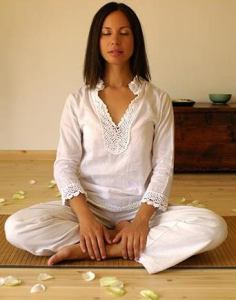
A straight spine is necessary as the body’s energy needs to flow through.
You will learn more about the body’s energy flow with the body’s Charkas in another article.
When sitting on a chair, ensure that your legs are flat on the floor, and where possible, being barefoot is preferable.
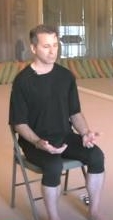
If not, or if you have cold floors, then wear some socks (preferably woolen ones as these are natural, not artificial) to keep them warm but take any other footwear off.
Place your hands gently on your lap; you can have them either palm down on the lap or palms up.
There is no need to worry about the more nuanced positions of the hands and fingers at this stage.
You can meditate and relax just as well sitting in a chair, on a cushion even lying in bed (however, lying in bed, you will most likely fall asleep).
At this stage, you are working on relaxing your body, so be as comfortable as you can.
I have found through personal experience sitting in a chair was my first choice, followed by sitting on a cushion later.
The reason is the chair not only gives the most excellent support in posture but when you first start and are or might be afraid of the falling feeling sitting just on a cushion.
However, once you practice daily, you will be comfortable in any position.
For now, pick whichever one you make feel at ease; you can always try either one until you find your niche in positions.
5. Breathing
Once in position, you can commence your relaxation exercise to your meditation.
You will find that before starting meditation, it is better to release the outgoing breath via the mouth as you force much of the tension out then.
Before you close your eyes, take in some deep, slow breaths through your nose, inhaling from your diaphragm, not your chest.
Hold it for 3 or 4 seconds if you can, and then exhale through the mouth with a strong ha type sound.
Do this for about five breaths.
The reason for this is to help release some of the tension held within you.
Now you can close your eyes, this time taking some slow, deep, and gentle breaths via the nose.
Don’t forget to breathe through the diaphragm!
(Note: Always breathe in from deep within the diaphragm, when you breathe from the chest, this is known as shallow breathing and won’t be beneficial for you).
Now, as you breathe in, slowly exhale this time via the nose unless you have difficulty exhaling due to blockages or other reasons, then breathing from the mouth is OK.
Have you noticed it?
Have you seen swimming competitors just before getting on the starting blocks, how they take some quick, forceful breaths in and out while also shaking their arms and legs?
There is a similar pattern here.
You are releasing some of the tension built up. It is a quick way to take that edge off before you start the real action.
In your case, you are going through the relaxation and meditation modes.
Should you have some difficulty in inhaling or exhaling via the nose, open the mouth slightly, inhale and exhale gently; allow this to be a relaxed and continued long action.
It may seem minor but can be a significant hindrance when meditating as this can take away from your original focus, which then becomes counter-productive.
6. Focus and release. Inhale, Exhale
This step is where you begin to develop your focus abilities, and after a while of continuous practice, the steps to date should not take more than a few minutes.
Now that you have prepared yourself as per above, you are seated and relaxed.
From this point on, you will be focusing on relaxing your body in stages via your breath.
Breathing helps your body know this is the time to relax and let go of its tensions.
White light explanation
The White Light is the pure energy of the universe; it is also considered a protection light in many spiritual circles.
Another aspect discussed later in more detail on Charkas is that “White Light” can help balance and realign the Charkas and energy fields.

So now, when you close your eyes with your hands on your lap, with each breath, you inhale, imagine a white light coming down from the top of your head (this is known as the Crown Charka) and as you inhale, imagine this light flowing through your body slowly and gently.
This white light will gradually progress throughout the whole body, for now, as this may be the first time there is a need to focus on parts of your body in stages.
Later, as you become familiar, that same white light will instantly enter your body and entirely throughout your body with each breath you take.
It is best to read what is below first and maybe a couple of times before you start so you know what to do.
To Commence
Inhale
Inhale via the nose and visualize the White Light ( if you can’t imagine, know it is there; in due course, you will be able to see the light and other colors when the time is right).
So as you inhale, imagine the light entering the top of the head, and as it enters, feel the pure energy of light, relaxing the forehead, then the eyes, ears, and nose covering the whole head.
Exhale
On the exhale, release the white light via the nose or mouth (as stated earlier); this will allow the light to take away from your body any negative energy held.
Do not worry about where it is going; once released, that will be taken care of by the universal energies.
As you exhale, feel the tensions going away from the head region, and relax.
Inhale
Inhale, again, and feel the white light entering via the crown chakra.
Doing so helps to release any blockages in communication (throat area) along with the stressors of life you are carrying and holding on to (The Shoulders and Arms).
Exhale
Exhale, feel, or see those unwanted energies expelled away from your body in the ether of the universe.
Inhale
Inhale the light as it travels down the head, throat, shoulders, and arms, allowing it to continue into the chest and lower abdomen area.
As you do so, this will help cleanse some of the fears you may have with self-love and personal power, which, when worked on, will cleanse and strengthen.
Exhale
Exhale again and imagine as before any negative energies expelled from your body with each exhale.
Inhale
From here, the light will continue with the same pattern and move forwards further down along the lower stomach, hips, and pelvic regions.
We are releasing any negativity relating to any emotions and also the strength and balance in life.
Exhale
Allow all the unwanted feelings from your emotions that may be taking hold of you, whether it is from work, home, and anywhere else.
Let the light take away those feelings and know that you are being strengthened once more through the negative release.
Inhale
In this final stage, inhale in the same way the light finally travels the body’s full length down and down both legs and feet.
Cleansing all the feelings you may have in holding on to your emotions and giving you the ability to stand your ground.
Exhale
Through this final release, know that you are becoming more relaxed and at peace as these negative energies are being.
Final Scan
Now you are in the end stages of this relaxation meditation.
Now once more, as you inhale, instead of releasing unwanted energies within, allow the White light to fill your entire body in one go.
Feel it re-enforce the light within you. This time on the exhale, instead of releasing any negative energies, you are now expanding from the inside and radiating all the goodness outwards from within your body.
As this radiates outwards, your positive energies are also being felt by others, which in turn will help them along their pathway.
Warm Down
Do this final inhale and exhale five times; after the fifth time, inhale and slowly in your own time open your eyes but stay in your position for a few minutes.
Doing so will allow your body and mind to re-adjust back to the present.
Regain your focus with each intake and outtake of air gently and slowly awaken back in this physical state.
Now that you have woken, slowly get up, stretch your body feel refreshed, and invigorated self.
This White Light Technique is excellent for beginners and those who may have slowed down or haven’t meditated for a while.
The more you practice, the easier it will be to perform all the actions above within a few minutes.
Once you have become accustomed to relaxing the body, it is best to incorporate this technique into any other meditation later down the track.
In the next article, we will work more on colors and energy healing for your body.
So how did you go?
I would love to hear about the experiences that you had, and what sensations did you feel.
What other experiences came about?
Please let me know in the comment below, as your input can also help others along their way.
As Always
